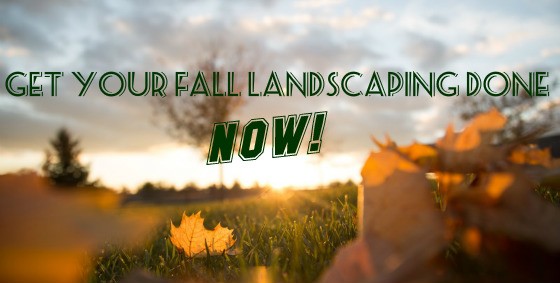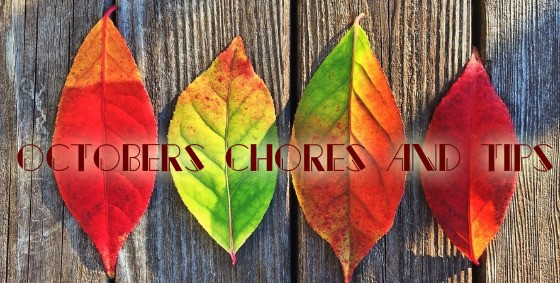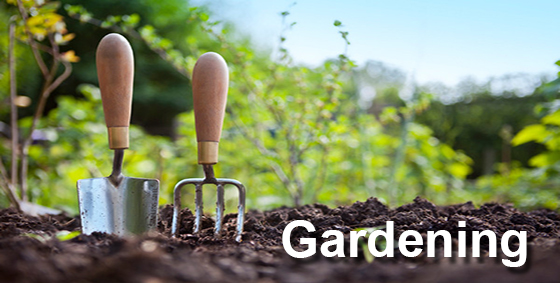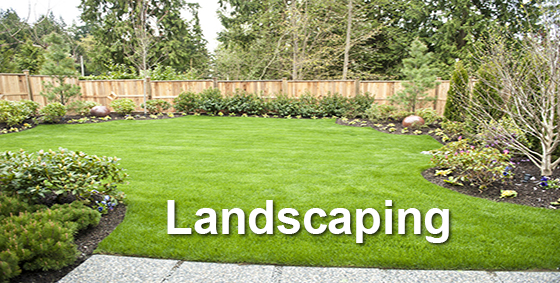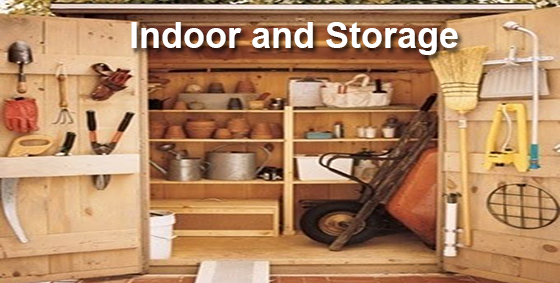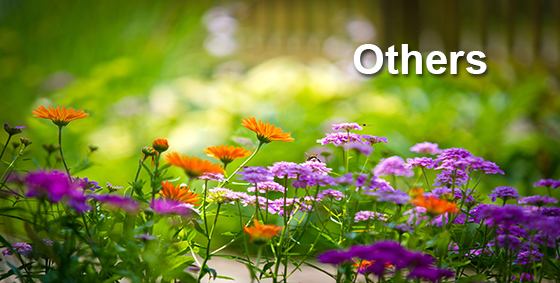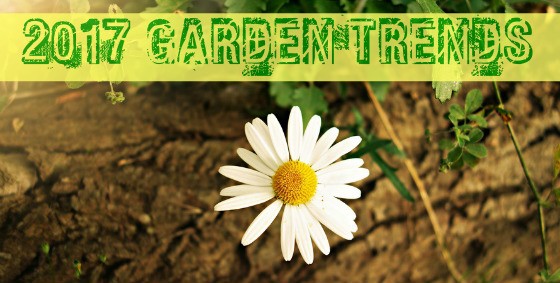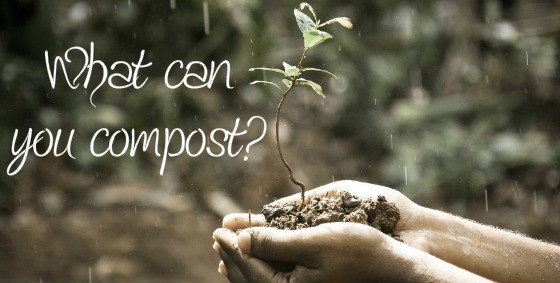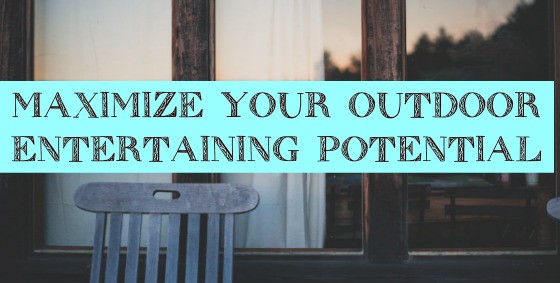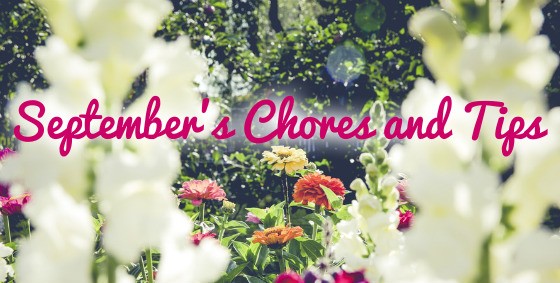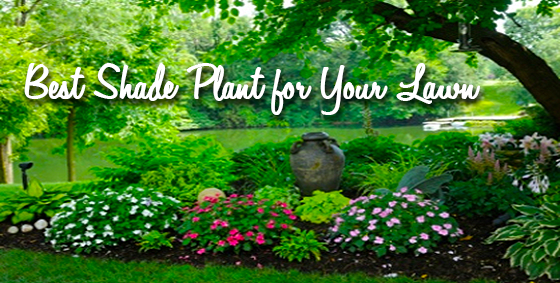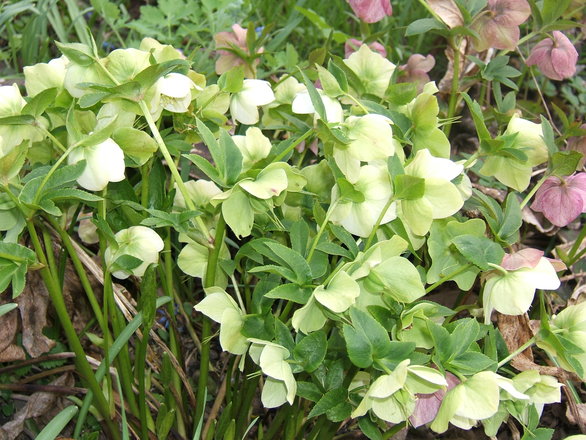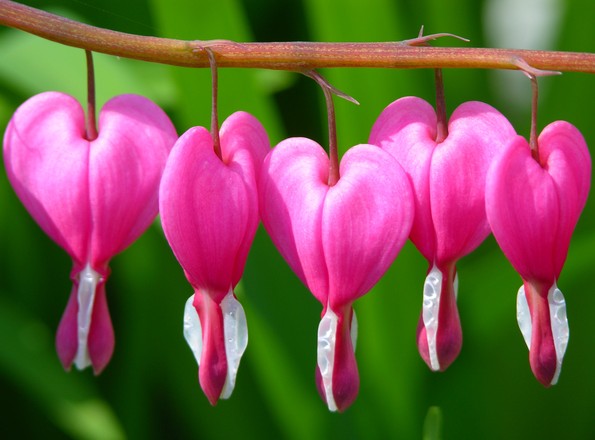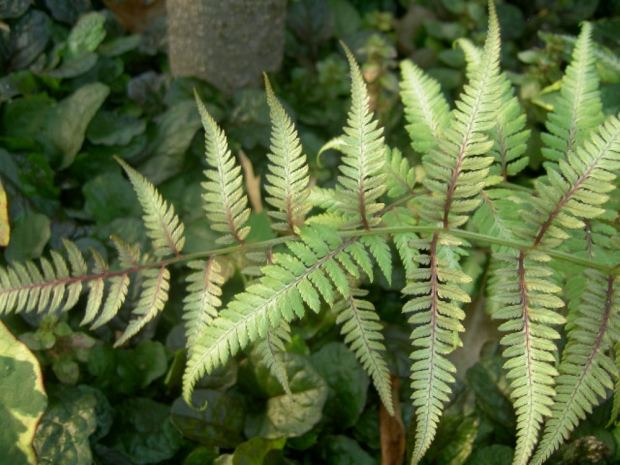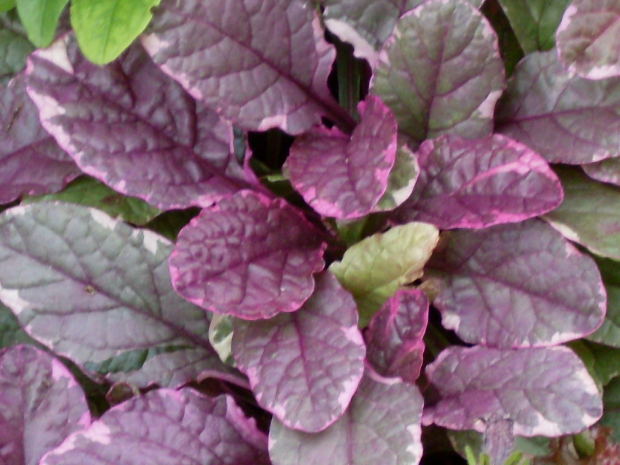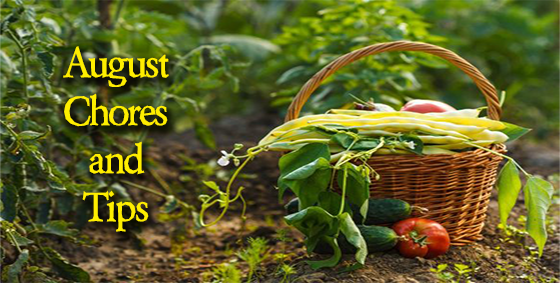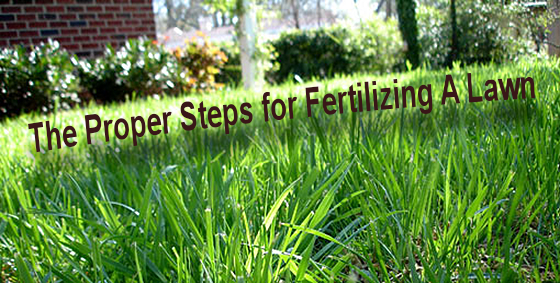
Depending on the size of the space you are fertilizing, there are three separate methods for doing it; rotary spreaders, drop spreaders and handheld spreaders.
Watering and Fertilizing for a Lush Green Lawn
If you want a beautiful lush green lawn, then you need to learn how to properly mow and fertilize your lawn. We’ve put some tips together to help you out. Water is a very important thing for all of life. Not just plants. But properly watering your lawn will help it to grow beautifully. To have a lush green lawn it is vital that your lawn gets about an inch of water each week. If it rains a lot in one week, then you’re off the hook for watering. But if it doesn’t rain, then you have some work to do.
It is a good idea to be familiar with your landscape. Landscapes that have softer soil will need more water to keep grass healthy. Whereas, landscapes with thicker soil, like clay for example need less water.
The best times to water your lawn would be the earlier hours of the day, before the sun bakes up what you just watered. Avoid watering the grass in the hotter hours of the day. It would be almost pointless to water when the sun is beaming hot. The sun would just evaporate majority of the water. Watering in the morning causes less evaporation.
Shaded areas of the lawn may not need as much watering as areas that have direct sunlight.
How much water does your lawn need you ask? Well, it needs to be about six inches deep. Healthy grass roots are about six inches deep. So you’ll want the water to reach all of the roots. The first time you water your grass, you should check it every 15 minutes to know how much watering you will need to keep your lawn healthy.
It is best to check the forecast before you water your lawn. You’ll want to try to do it on the coolest days of the week. The cooler the air, the better the water will soak into the soil. The earlier you water the lawn in the day the better. You don’t want excess water on your lawn over night. It’ll grow fungus that is not wanted.
You don’t want to over water the lawn. This is almost as bad as not watering the grass enough. Too much water will make the roots smaller and again, you risk growing fungus in your lawn. Soils that are more clay based will need to be watered once a week. Softer soils should be watered about three times a week.
Fertilizing your lawn can help it to grow better than ever. There are many positive effects of fertilizing if you do it correctly.
There are different types of grass and they all have different fertilizing needs. You’ll want to add fertilizer so that is roughly within the same time as the peak growing time for grass. There are some types of grass that will need it in the warm season or cold season. If you grass is warm season grass then it is best to fertilize in last spring or earliest of summer. If your grass is cold season the fertilizing is best in the fall once a year.
Shaded areas of the lawn may need to be fertilized more often. Make sure to trim larger trees so that the sun can reach as much grass as possible.
